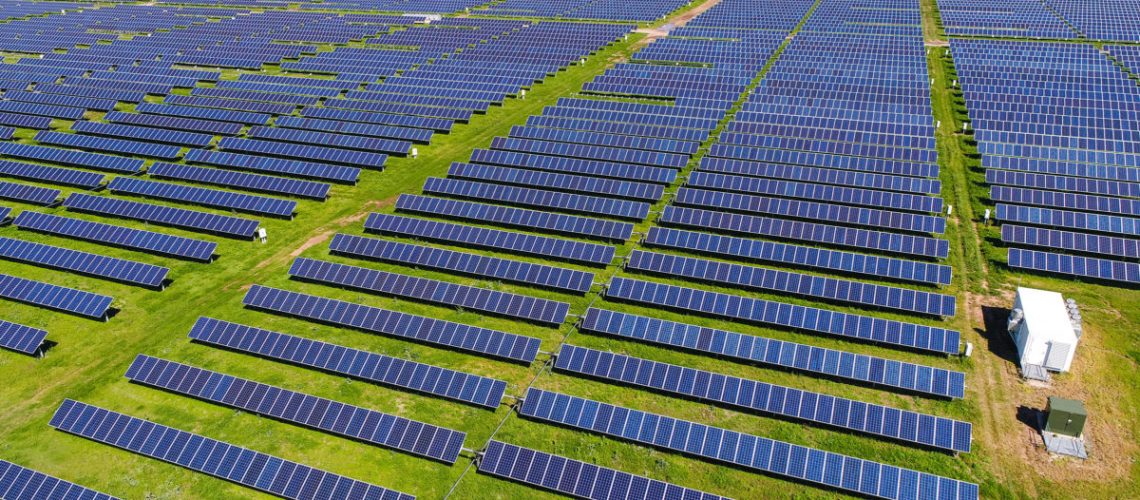A Texas author opposing renewable energy has published a list of 17 rejected solar power projects across the United States since 2017.
Rejected solar and wind power projects are being tracked in a list kept by a Texan politics and energy author opposing the construction of renewable energy. The author laments the ‘enormous amount of money, lobbying, and legal firepower that is being deployed by Big Wind and Big Solar’.
The database of solar power rejections totals 21 individual line items. The list starts in 2017 with one rejected site. There were no projects in 2018, five in 2019, two in 2020, and thirteen in 2021. The list includes one project that was double counted, and three legislation references that don’t specify a particular project.
The majority of the rejections are town votes against changing zoning classifications to allow for the construction of a solar power facility on agricultural land.
The list’s author requests that his readers send him any additional rejections of facilities that he hasn’t yet discovered.
It is possible that a recent decrease in support for solar power is related to large scale development.
The pushback comes in multiple forms — though the language used in local town meetings tends to consistently reference bucolic views, rural character, and property values. Actual evidence of decreasing property value is inconclusive.
Recent research has found that solar power pushback begins to increase considerably as solar power facilities break 50 acres in size. pv magazine USA reported extensively on the Spotsylvania 500 MWac solar power facility, which went through a two-year battle of various approvals and rejections. A large section of that facility ultimately went online last summer.
The rejections do hurt the individual developers, land people, and the land owners of these projects. However, 17 rejections since the start of 2017 represent a very small fraction of the 2,681 utility scale facilities that actually were installed over that same time period, per the US Department of Energy’s Energy Information Administration 860-M report. These facilities totalled 35.1 GWac of generation capacity.
One example of a project that isn’t yet on the list occurred recently, in North Carolina. The landowner, Megan Taylor, said the offer by the solar company to lease her land for the next 35 years would “send my children to college and will allow me to secure our future.”
The town rejected her, and her family’s, secure future.



